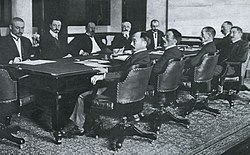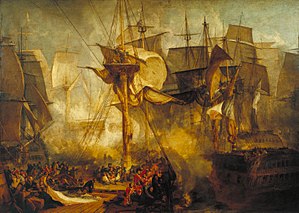NEW DELHI: The Indian Space Research Organisation (ISRO) and Defence Research & Development Organisation (DRDO) must step up internal vigilance to prevent India from becoming another “happy hunting ground” for Israeli intelligence, a strategic affairs think tank has advised.
In a report following the arrest of Stewart David Nozette on charges of espionage, the Institute of Peace and Conflict Studies (IPCS) has drawn attention to the U.S. space scientist’s “top secret” security clearance when he was associated with ISRO’s Chandrayaan project.
‘Inquiry would clear the air’While his association “may not have resulted in the siphoning off of classified information,” the IPCS feels an inquiry could clear the air of what transpired during the course of his interaction with Indian space scientists as well as about the nature and type of data Dr. Nozette could have extracted.
Dr. Nozette was the “co-investigator” of the Miniature Synthetic Aperture Radar (MiniSAR), one of the two American payloads onboard Chandrayaan-1. MiniSAR designed to look for signs of water in the polar regions of the moon was a NASA payload built by the Applied Physics Laboratory of the John Hopkins University and the Naval Warfare Centre, U.S.
‘Internal matter’ISRO sources have made it clear that the arrest of Dr. Nozette was an internal NASA matter and ISRO security has not been compromised in any way.
Dr. Nozette visited the Bangalore-based Satellite Centre, the lead agency for Chandrayaan-1 mission, twice and interacted with Indian space scientists. ISRO has said Dr. Nozette was not taken around any critical installations and facilities.
With India having agreed to expand cooperation with the U.S. in several high tech areas, ISRO should exercise a higher level of caution while interacting with visiting American scientists, recommends IPCS which noted that for a long time, the U.S. has remained a favourite playground of Israeli spies and espionage agents.
Sandeep DikshitNEW DELHI: The Indian Space Research Organisation (ISRO) and Defence Research & Development Organisation (DRDO) must step up internal vigilance to prevent India from becoming another “happy hunting ground” for Israeli intelligence, a strategic affairs think tank has advised.
In a report following the arrest of Stewart David Nozette on charges of espionage, the Institute of Peace and Conflict Studies (IPCS) has drawn attention to the U.S. space scientist’s “top secret” security clearance when he was associated with ISRO’s Chandrayaan project.
‘Inquiry would clear the air’While his association “may not have resulted in the siphoning off of classified information,” the IPCS feels an inquiry could clear the air of what transpired during the course of his interaction with Indian space scientists as well as about the nature and type of data Dr. Nozette could have extracted.
Dr. Nozette was the “co-investigator” of the Miniature Synthetic Aperture Radar (MiniSAR), one of the two American payloads onboard Chandrayaan-1. MiniSAR designed to look for signs of water in the polar regions of the moon was a NASA payload built by the Applied Physics Laboratory of the John Hopkins University and the Naval Warfare Centre, U.S.
‘Internal matter’ISRO sources have made it clear that the arrest of Dr. Nozette was an internal NASA matter and ISRO security has not been compromised in any way.
Dr. Nozette visited the Bangalore-based Satellite Centre, the lead agency for Chandrayaan-1 mission, twice and interacted with Indian space scientists. ISRO has said Dr. Nozette was not taken around any critical installations and facilities.
With India having agreed to expand cooperation with the U.S. in several high tech areas, ISRO should exercise a higher level of caution while interacting with visiting American scientists, recommends IPCS which noted that for a long time, the U.S. has remained a favourite playground of Israeli spies and espionage agents.



